Growing E-Commerce and Delivery Services
The expansion of e-commerce and delivery services is significantly impacting the molded pulp-packaging market. As online shopping continues to grow, the demand for protective and sustainable packaging solutions has surged. Molded pulp packaging is particularly well-suited for shipping fragile items, providing adequate protection while being environmentally friendly. In the US, e-commerce sales are projected to reach $1 trillion by 2025, creating a substantial opportunity for molded pulp-packaging solutions. This growth in online retail is likely to drive the molded pulp-packaging market, as businesses seek reliable and sustainable packaging options to meet consumer expectations.
Cost-Effectiveness of Molded Pulp Solutions
The molded pulp-packaging market benefits from the cost-effectiveness of its production processes. Compared to traditional packaging materials, molded pulp offers a more economical alternative, particularly for bulk packaging needs. The production of molded pulp is less energy-intensive and utilizes recycled materials, which can lower overall costs. As companies in the US seek to optimize their packaging expenditures, the adoption of molded pulp solutions is likely to increase. Furthermore, the molded pulp-packaging market is projected to grow at a CAGR of 5.5% from 2025 to 2030, indicating a robust demand driven by cost considerations.
Regulatory Pressure for Sustainable Practices
Regulatory frameworks in the US are increasingly emphasizing the need for sustainable packaging solutions, which is driving the molded pulp-packaging market. Government policies aimed at reducing plastic waste and promoting recycling are encouraging companies to transition towards more sustainable materials. The implementation of stricter regulations on single-use plastics has led many businesses to explore molded pulp as a viable alternative. As a result, the molded pulp-packaging market is expected to benefit from these regulatory pressures, with an anticipated growth rate of 6% annually through 2030. This trend suggests that compliance with sustainability regulations will be a crucial factor for companies operating in the packaging sector.
Rising Consumer Demand for Eco-Friendly Packaging
The molded pulp-packaging market is experiencing a notable increase in consumer demand for sustainable and eco-friendly packaging solutions. As awareness of environmental issues grows, consumers are increasingly favoring products that utilize biodegradable materials. This shift in consumer behavior is prompting manufacturers to adopt molded pulp packaging, which is derived from renewable resources such as recycled paper and cardboard. In the US, the market for sustainable packaging is projected to reach approximately $400 billion by 2027, with molded pulp accounting for a significant share. This trend indicates a strong preference for environmentally responsible packaging options, thereby driving growth in the molded pulp-packaging market.
Increased Investment in Sustainable Packaging Technologies
Investment in innovative technologies for sustainable packaging is a key driver for the molded pulp-packaging market. Companies are increasingly allocating resources to develop advanced manufacturing techniques that enhance the efficiency and quality of molded pulp products. This trend is supported by government initiatives aimed at promoting sustainable practices within the packaging industry. In the US, funding for research and development in sustainable packaging technologies has seen a rise, with an estimated $1 billion allocated in 2025 alone. Such investments are likely to bolster the molded pulp-packaging market, as they lead to improved product offerings and increased market penetration.



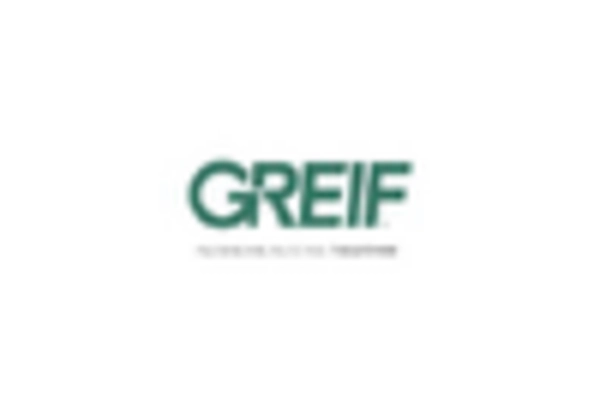
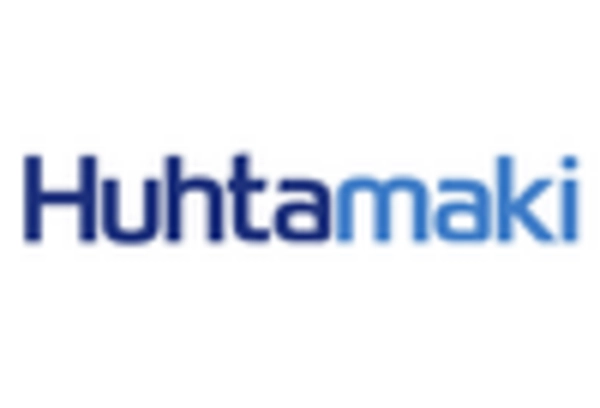
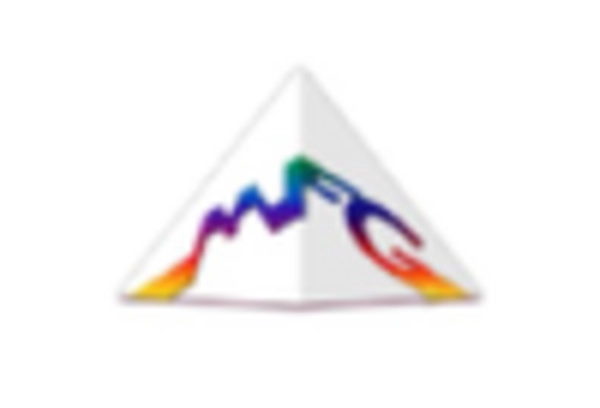
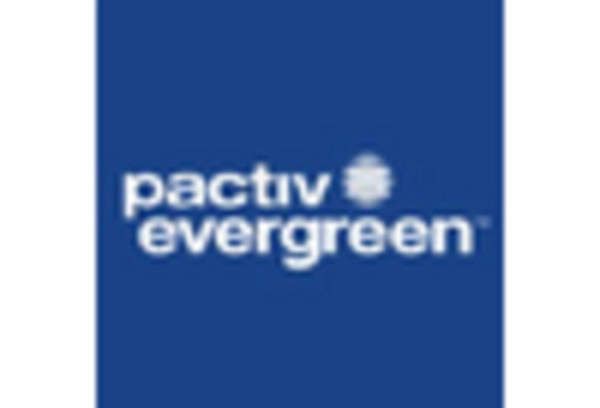
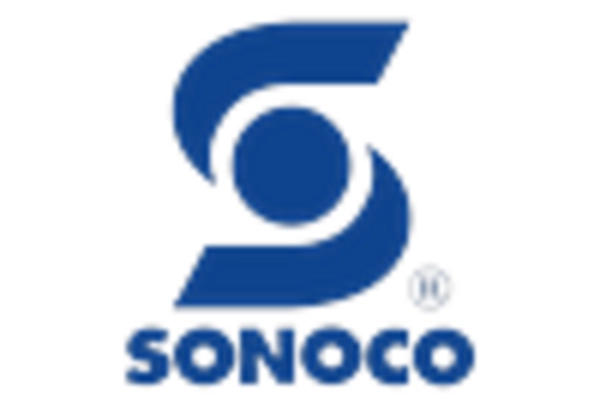
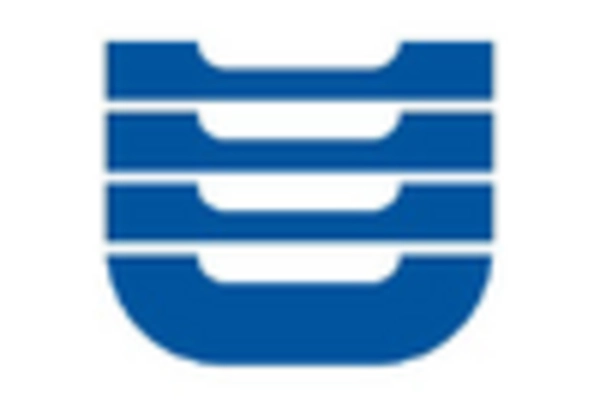








Leave a Comment